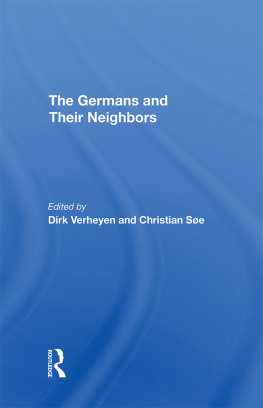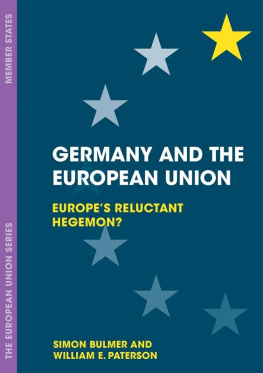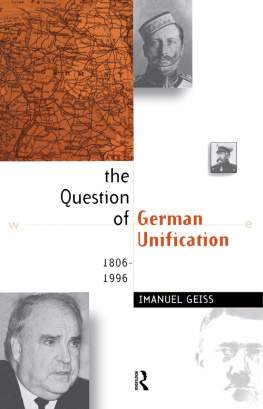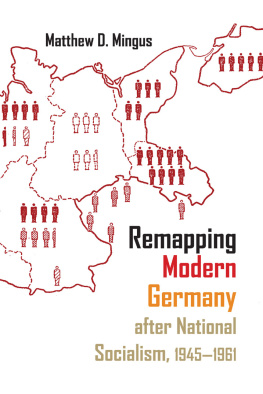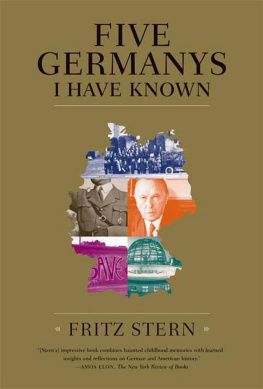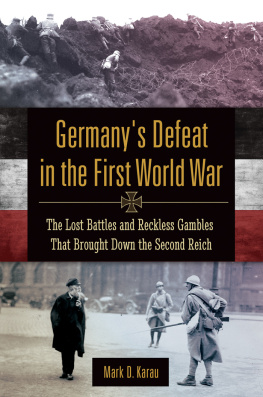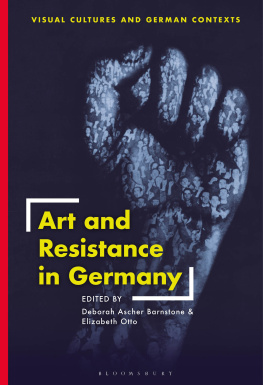In 1983, the late Italian journalist and commentator Luigi Barzini wrote: The future of Europe appears largely to depend today once again, for good or evil, whether we like it or not, as it did for many centuries, on the future of Germany. In view of the truly momentous changes and transformations that have swept Europe, both East and West, and Germany in particular, since the fall of 1989, such words were both accurate and prophetic.
In Western Europe, the process of integration (especially in the economic sphere) picked up speed again after the mid-1980s, apparently reversing many years of slow-down and impasse. The vision of EC92, of a truly Common Market without internal boundaries and restrictions, firmly seized the popular imagination, followed by the historic Maastricht Treaty on European Union concluded in 1991.
In Eastern Europe in the late 1980s, Gorbachevs Soviet reform program triggered a significant spillover into the politics of countries like Poland, Hungary, East Germany, Czechoslovakia, and Romania, where Communist rule collapsed, while Gorbachev himself continued to intrigue European public opinion with his vision of a Common European Home. The pressures for reform, if not revolution, in East Germany ate away the roots of the very existence and raison dtre of the state created on the eastern shore of the Elbe river in the early years of the Cold War. In Austria and Hungary, old ideas of Mitteleuropa (Central Europe) were resurfacing, indicating that at least on a psychological and political level the blocs of the Cold War were steadily losing their erstwhile rigidity. Contacts between East and West in Europe continued to proliferate. Perhaps most important, the question of a divided versus reunited (or at least confederated) Germany was also coming back to life in this changed European climate. In short, there were many indications of a Europe moving beyond the postwar era with its Cold War characteristics, and into an exciting but also uncertain and perhaps even unsettling phase of its history. The process of transformation reached its climax in the spectacular yet by and large astonishingly nonviolent demise of both the Soviet Union and the Warsaw Pact.
Old policies and assumptions eroded, but new ones were slow to crystallize. Germany clearly occupied a central position in this rapidly changing geopolitical, military, and economic landscape. Any transformation of the old Cold War status quo on the European continent implied a recasting of what tends to be called the German Question.
But that raised a very fundamental issue: What really is the German Question? Is it German reunification and its consequences, or the oft-mentioned historic weakness of liberalism in Germany, or the genesis and legacy of the Nazi disaster, or Germanys historically aggressive diplomatic and military behavior, or something else? I will suggest in the chapters that follow that the essence of the German Question lies in four interrelated dimensions. First, there is the question of German identity. What is German and what is Germany? It will be shown that most discussions of aspects of this question tend to include such issues as Germanys historic alienation from some important Western cultural and ideological traditions, the many illiberal aspects of the countrys political legacy, the profound political and cultural changes in postwar Germany, and the psychological burdens of a troubled past. These elements of the German Question are addressed primarily in . But we shall also explore the controversial quality of much of this analysis by examining the critique of the so-called Sonderweg thesis, that is, the idea that Germanys troubles during the past century can be understood as the result of a special or separate German developmental path. In addition, this issue of identity requires that we consider evolving patterns of German attitudes in politics and foreign policy; we shall do this at various points in all the chapters.


